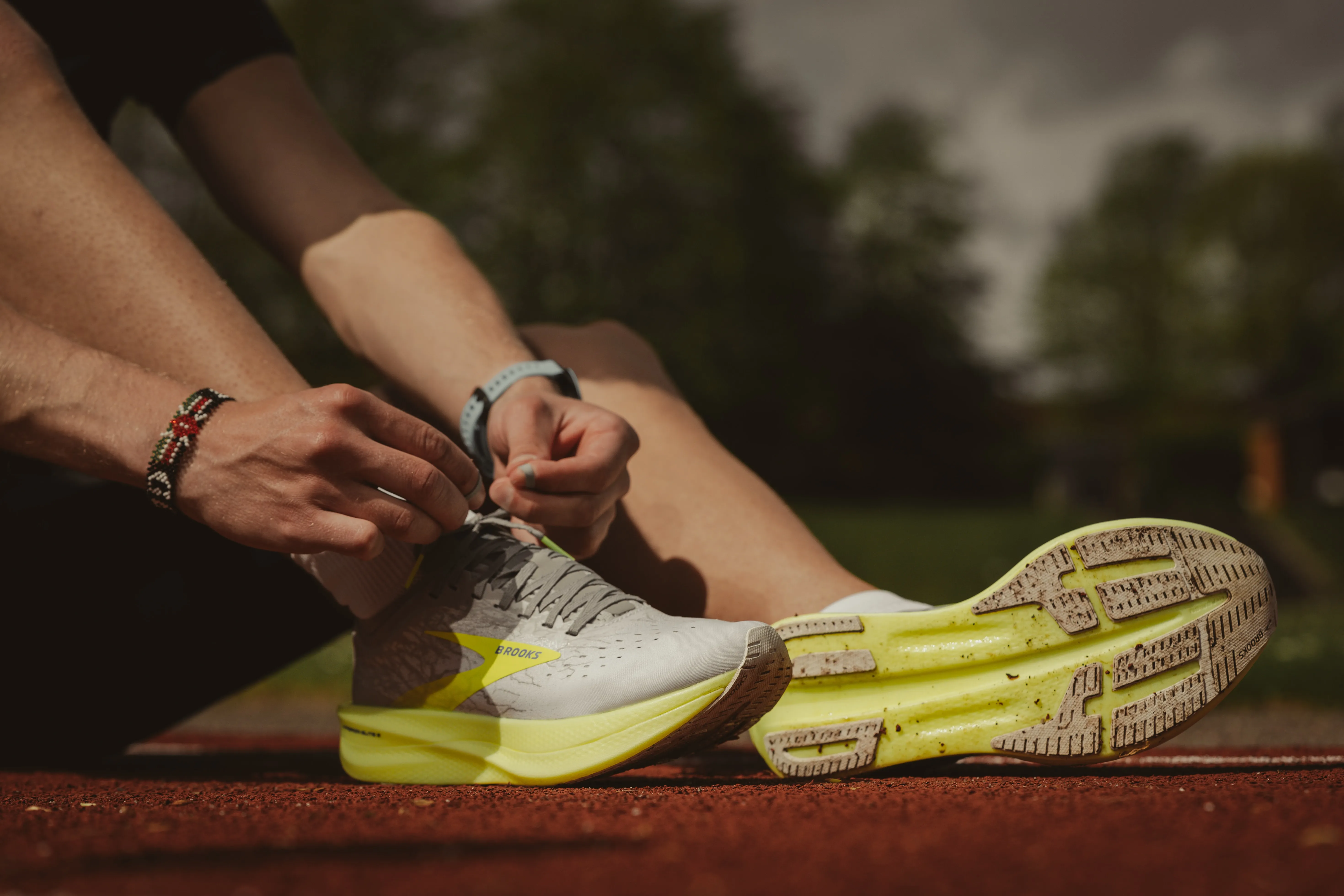
The meniscus is a piece of cartilage in your knee that cushions and stabilizes the joint. In the world of running, a meniscus tear is a common injury and can range from mild to severe. Understanding what it is, how to prevent it, and how to treat it can make all the difference for long-term running health. Let’s dive into the details of this prevalent sports injury and guide you through its causes, symptoms, and treatments.
Understanding the Meniscus
The menisci are two C-shaped pieces of tough cartilage located in each knee, acting as shock absorbers between your shinbone and thighbone. They help distribute weight across the knee joint and provide stability. When you hear about “torn cartilage” in the knee, it often refers to a torn meniscus.
Causes and Risks

A meniscus tear is typically caused by twisting or turning quickly, often when the foot is planted and the knee is bent. In runners, it’s frequently due to overuse and wear and tear over time, especially for long-distance runners. High intensity activities, sudden directional changes, or unequal distribution of weight may also result in a tear.
Age plays a factor too. As we grow older, our cartilage weakens and wears thin, making us more prone to tears. Additionally, individuals with previous knee injuries or those who are overweight are at a greater risk.
Symptoms of a Meniscus Tear
Symptoms vary depending upon the severity and location of the tear. You might experience:
- Pain in the knee, especially when twisting or rotating it
- Swelling or stiffness
- Feeling of your knee giving way
- Difficulty straightening your knee fully
- A popping sensation at the time of injury
Diagnosis and Treatment
If you experience these symptoms, it’s crucial to see a healthcare professional. They may conduct a physical exam, ask about your symptoms and how the injury occurred, and possibly order imaging tests such as MRI.

The treatment depends upon the size, type, and location of the tear, as well as your age and activity level. Smaller tears on the outer edge of the meniscus (red zone) might heal on their own or with physical therapy. For larger, more complex tears or if you have locking symptoms, surgery might be necessary.
Basic RICE method (Rest, Ice, Compression, and Elevation) can be helpful initially in managing the pain and swelling. Physical therapy exercises can strengthen your muscles and improve flexibility, helping to stabilize and protect the knee.
Prevention
You can’t always prevent a meniscus tear, but certain strategies can reduce the risk:
- Properly stretching before and after runs
- Strengthening your hamstrings and quadriceps
- Gradually increasing your intensity or mileage
- Running on a variety of surfaces
- Using proper running form
- Wearing running shoes that offer good support
As runners, we need to be proactive in protecting our bodies. Understanding meniscus tears, knowing the signs, and employing prevention strategies can go a long way toward maintaining healthy knees. Remember, appropriate response and treatment to injuries will ensure your return to running is as swift and safe as possible.




